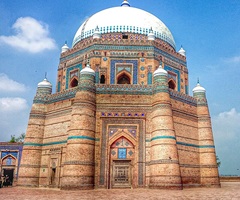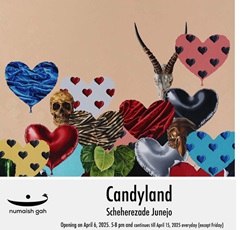YOGA RETREAT IN CHITRAL
作家: Nida Qasim - 发表于: 2013年06月26日 | ENG (English)
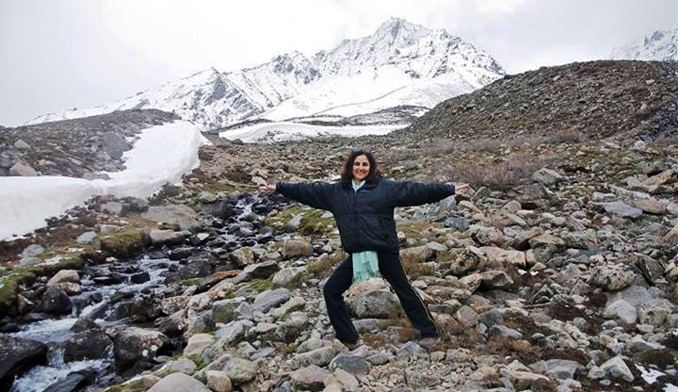
Doing the warrior pose at 13,000 feet above the ground!
It wasn’t just beautiful. It was beyond that. The valley of Chitral welcomed me with such grace as I stepped out of the plane and out into its beautiful terrain. I found myself staring at tall mountains as far as I could see, and a cool breeze seemed intent on whisking my hair away. I believe at that very moment, Paradise seemed more real than it could have ever been.
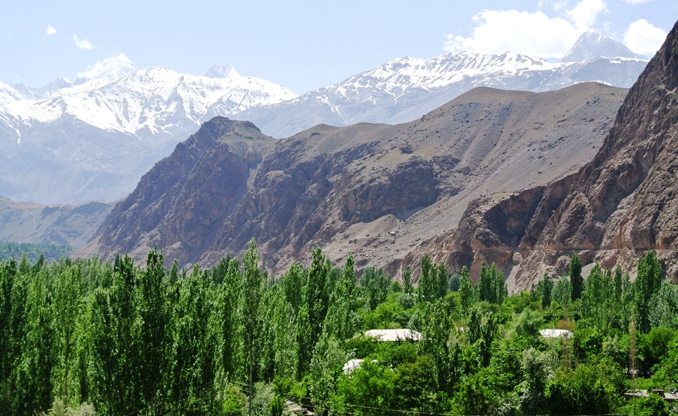 |
| The three-dimensional valley of Chitral |
I had come across a brochure about a yoga retreat in Chitral and I thought, what better place for a getaway than in the heart of Northern Pakistan, where nature is at its very best. I had always had a ‘travel bug’ in me that came to life as I discovered this retreat. There was no way I was going to miss it! So I left for the flight to Chitral early morning on the scheduled day. I met a group of 10 people at the Islamabad airport and we started chatting away, bonding instantly. We tried guessing as to what was in store for us. Believe me, our conjectures were not even remotely close. That it would become such a memorable trip, I had not foreseen.
It took us one hour and twenty minutes to reach Chitral. Nearing the city, the plane made a 90 degrees horizontal turn and dived down into the valley. As it did so, I saw Chitral in such a light that it left me mesmerised. A V-shaped valley, home to very tall mountains, dotted with streams and rivers, and clothed in verdure: this was my first impression.
 |
| The conveyor belt at the Chitral airport |
As we entered the airport, we found our luggage moving on the smallest conveyor belt I had ever seen! We met the driver who took us to our hotel Hindukush Heights, and what a rickety journey it was! (All the more exciting for me) Hindukush Heights, run by Siraj ul Mulk, is an eco-friendly hotel that has been rated among the top hundred hotels of the world in Tattler magazine. After arriving there, we enjoyed a brilliant meal and then sat ourselves down in the lawn that afforded us a bird’s eye view of the valley. The constant cool breeze on my face and subtle tranquility of the place compelled my worries to remain in Islamabad.
The next morning we woke up at 5 am and started with yoga, the class being conducted by our lovely instructor Aisha Chapra. In the following days, we had classes twice a day at different locations. While engaged in yoga, it was as if we had become one with nature, and I personally experienced such a bond as I have never felt before.
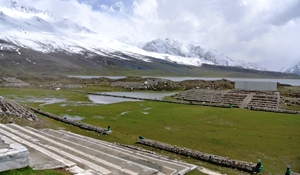 |
| The Shandur Polo ground on top of the world |
The highlight of our trip was the Shandur lake. It took us one and a half hours to reach there from Mastuj by jeep, and it was one of the most picturesque lakes I have ever come across. Surrounded by snow-capped peaks and flanked by the world’s highest polo ground, this shining gem of a lake really was a sight for a yogi’s eyes. We hiked up to the base of the mountain at 13,000 feet and, to our utter joy, a light snowfall began. We saw this as an opportunity to have a snow fight. I also ate some snow (for the first time) and it actually tasted good, just like slush. We played in the snow like children, because we were completely stress-free, and enjoyed such serenity that we didn’t want to walk back down. In fact, doing the “Warrior Pose” at a height of 13,000 feet at Shandur was the most liberating moment of my life.
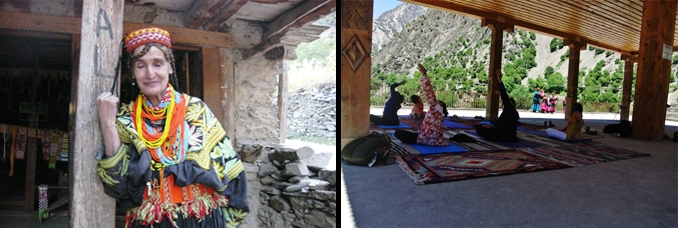 |
| A Kalash woman posing outside her shop Yoga on the Charsu |
 |
| The magnificent Chinar of seven trunks at Mastuj |
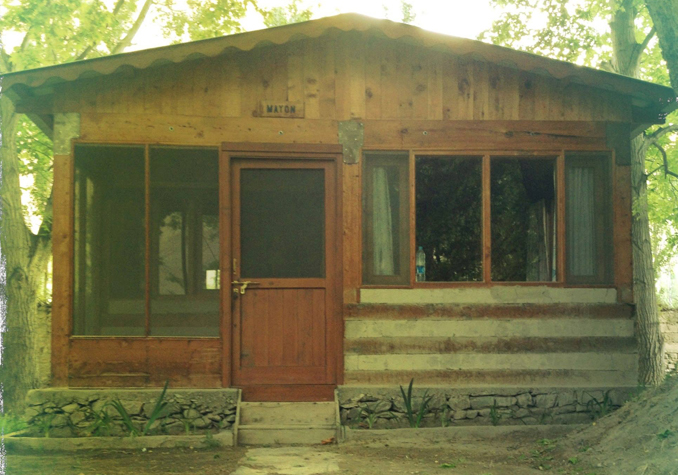 |
| My home for 7 days at Mastuj |
Back in Islamabad, I felt like I had left a part of my soul behind. I knew then that my bond with Chitral would always beckon me to come back again, again and again.
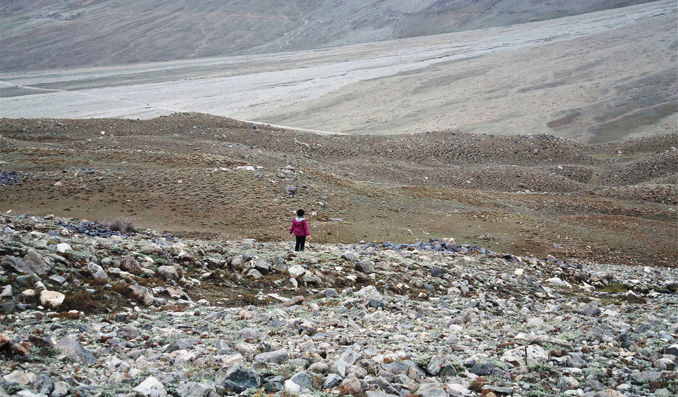 |
| Wandering out into nothingness |








